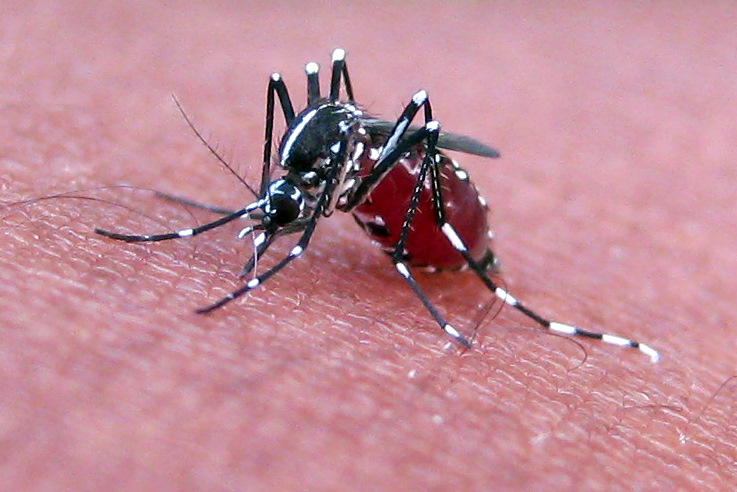There is a lot of conjecture about the quality of health care in the Philippines. Aside from the fact hospitals are overloaded here due to the massive population, the actual quality of the healthcare service isn’t too bad when you consider the strain on the system. Let’s take a look now at one of the more important considerations you will need to make about the Philippines.
Healthcare In The Philippines
There is much written about healthcare in the Philippines. However, it’s not all bad news. The reason for this is that there are a large number of Filipino medical practitioners that have graduated from some of the country’s top universities. On top of that, a fair portion has also studied in U.S. medical schools. As a matter of fact, quite a large number of these practitioners have also practised in the U.S. before returning to the Philippines. Not to mention that 25% of the worlds nurses are actually Filipino!
The hospitals and health care centres in the major cities, particularly Manila, are usually a higher standard than those in the provincial areas. I am yet to have had a bad experience but luckily for me, I haven’t had the need for any major surgery or procedures. However, I have friends both local and foreign that have and I haven’t heard too many bad stories. Depending on the nature of your medical treatment, and whether or not it’s an emergency or elective procedure, it would be diligent to check out the hospital prior to your procedure. This will give you extra peace of mind. As far as costs are concerned, medical services and medications are generally pretty affordable in the Philippines. Some of the more notable hospitals in Manila are:
- Makati Medical Center
- St Luke’s Medical Center (BGC and Quezon City)
- Alabang Medical Center
- The Asian Hospital and Medical Center
- The Medical City

The quality of health care in the Philippines is quite good. There are a large number of Filipino medical practitioners that have graduated from some of the country’s top universities and have also studied in U.S. medical schools. As a matter of fact, quite a large number of these practitioners have also practised in the U.S. before returning to the Philippines.
Beware Of Dengue Fever
For those new to the country, you may not be familiar with Dengue Fever. This is a disease that is transmitted by mosquitoes and attacks the platelets in your blood. If your platelet count becomes too low as a result of Dengue Fever, it can actually become a life-threatening situation. Although it is very rare for someone to die as a result of Dengue Fever, it is still a very unpleasant disease in which to catch. There are vaccinations for certain strains of dengue fever, but not all. Therefore it’s important to take certain precautions to minimise the chances of you catching it.
As mentioned, this is a disease transmitted by mosquitoes. Mosquitoes love still water as this is where they lay their eggs. Of course, during the wet season, there is a lot more still water around. This is the perfect breeding ground for mosquitoes. Therefore, you need to be mindful of being in places where there is a lot of still water, particularly in provincial areas. However, please also note that the Dengue mosquito is a daytime insect, and has black and white stripes. Although this may not be easy to spot, this is something to keep an eye open for. Having lived here since 2003, I have been fortunate to have not had dengue fever. However, I have several friends who have. As a matter of fact, I have a friend that has contracted it 3 times! Either way, prevention is always better than cure. So if you are visiting the Philippines during the wet season (May to November), take extra care.

The dengue mosquito is a daytime insect and has black and white stripes. Although this may not be easy to spot, this is something to keep an eye open for.
Prevention Is Better Than Cure
If you want to be extra sure, there are some other precautions you need to take. One of the most obvious is to wear long sleeve clothing and long pants. Of course, as the temperature here can get very hot, this may not be a comfortable choice. The other option is to make sure you apply plenty of insect repellent on the exposed areas of your body. You also need to be mindful of sleeping with the window open at night.
If you are unfortunate enough to catch a bad case of Dengue Fever, you could be hospitalised. This may require a blood transfusion if your platelet levels become too low. It is important to note that Caucasian blood is not typically compatible with Asian or Filipino blood. There are a number of foreigners that live here that donate blood for use in a medical emergency, so don’t be too concerned. On the other hand, if you do happen to be a blood donor, you might actually help to save the life of somebody by making a donation. The Red Cross is probably the safest and most reliable way to donate blood in the Philippines.
Do You Have Health Or Travel Insurance?
If you are planning to visit the Philippines it is important to make sure that you have health and travel insurance in place. You should also check with your physician before departure to see whether you need any vaccinations such as tuberculosis, hepatitis or typhoid.
For the next survival tip on Personal Safety In The Philippines, please click Survival Tip #13 to read more. If you missed the previous survival tip on Mobile Phones and Cost of Living, click Survival Tip #11 to read more. If you have any comments or experiences with healthcare in the Philippines, please feel free to leave your comments below. I would love to hear from you. Alternatively, if you found this article helpful, please like and share with friends and family as this may save someone’s life!
Philippines Fun Fact:
The antibiotic erythromycin was invented by Filipino Dr. Abelardo Aguilar in 1949. He sent a sample to his employer, the Eli Lilly pharmaceutical company, which promptly patented it. Erythromycin is used for people who are allergic to penicillin and has saved millions of lives (courtesy of https://www.factretriever.com/philippines-facts).


